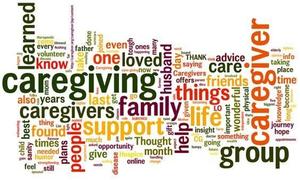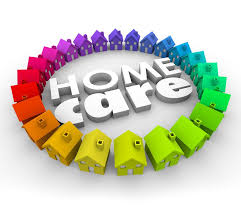Older adults can save tens of thousands of dollars annually by choosing assisted living communities over aging in place in their homes.
Unlike point solutions, Inspiren unifies resident safety, care planning, staffing, and emergency response into a single AI-powered platform.
An artificial intelligence-powered virtual assistant platform for senior living and care providers.

 You saw the headline – America is running out of family caregivers. The numbers are daunting. Says Ken Dychwald in
You saw the headline – America is running out of family caregivers. The numbers are daunting. Says Ken Dychwald in  The boom in home care has side effects -- turnover and risk. We want to trust home care workers with aging parents. After all, most cannot afford private pay assisted living – which can exceed
The boom in home care has side effects -- turnover and risk. We want to trust home care workers with aging parents. After all, most cannot afford private pay assisted living – which can exceed